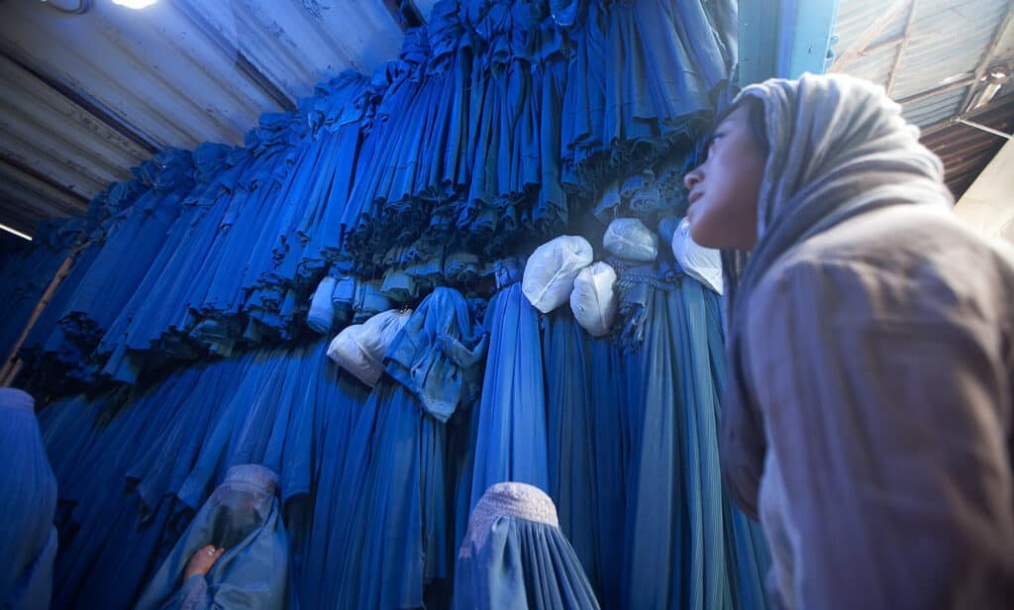The Global Terrorism Index (GTI), a comprehensive study prepared by the Institute for Economics and Peace on the impact of terrorism in 163 countries, reports that since 2020, the Southasia region has recorded a higher fatality rate compared to other regions. According to GTI 2022, among Southeast Asian countries, Myanmar, Philippines, Thailand, and Indonesia top the list. On the other hand, Malaysia, Singapore, Vietnam, Brunei, Cambodia, and Laos are least impacted by terrorism.
Although GTI is an ideal tool to assess the impact of terrorism on countries, the study is not without limitations. The countries are ranked based on four indicators: incidents, fatalities, injuries, and property damage. It means that the index relies only on the ensuing consequences of terrorism and fails to take into account the persisting threat of terrorism. For instance, according to the GTI 2022, Singapore is least impacted by terrorism. However, the Singapore Terrorism Threat Assessment Report 2021, published by the Ministry of Home Affairs, acknowledges that the terrorism threat to Singapore remains high. The situation is similar to that of an active volcano. It means that a ‘zero score’ in GTI, as in the case of the majority of Southeast Asian countries, may not necessarily imply that the country is free from terrorism threats.
The terrorism activities reported in the Southeast Asia region reveal the changing dimension of international terrorism. In March 2021, a woman lone wolf attacker, inspired by the Islamic State of Iraq and Levant (ISIL), opened fire at the National Police Headquarters in Jakarta. In the Philippines, two women ISIL terrorists staged suicide bombings to avenge the death of their terrorist leader. Dr. Rommel C. Banlaoi, the Philippine Institute for Peace, Violence, and Terrorism Research chairman, warned of the increased active participation of women in terror attacks. Further, he stated that women also teach and encourage children to be their successors after martyrdom. The situations indicate the spread of female militancy in the region and the intergenerational succession of terrorism.
The Singapore ministry of home affairs cited self-radicalization, Islamist terrorism, and far-right extremism as a potential threat to its homeland security. The ministry confirms that within Southeast Asia, ISIL remains the primary terrorism threat actor. ISIL’s success in digitalization of radicalization has accelerated the spread of propaganda and lone wolf attacks in the region. The situation makes it challenging for law enforcement agencies to identify sleeper cells and prevent acts of terrorism.
The nexus between conflict and terrorism is apparent in Myanmar. Political turmoil fuelled violent conflict leading to terrorism has landed Myanmar on top of GTI 2022. Since the military coup in February 2021, there has been a significant rise in terrorist attacks, and the Anti-junta armed groups are responsible for causing the majority of deaths. Terrorism continues to breed on push and pull factors or vulnerabilities born out of conflicts, such as political instability, violence, poverty, unemployment, forced displacement, and oppression.
Thailand continues to be a transit and facilitation hub for terrorist organizations, including Al-Qaeda, Jemaah Islamiyah, and Hezbollah. The country is facing political instability, which impedes the government’s efforts to implement a counter-terrorism strategy. Further, Bangkok has become a hub for global organized crime syndicates. A report of the Regional Office for Southeast Asia and the Pacific of the United Nations Office on Drugs and Crime confirms that organized crime syndicates are targeting Southeast Asia to expand operations, and the profits generated by such groups have reached unprecedented and dangerous levels. There exist a nexus between organized crime and terrorism. Organized crime facilitates terrorism and vice versa. Organized crime breeds in areas with political instability and a weak law enforcement system. Terrorism creates fertile ground for organized crime to breed. On the other hand, organized crime aids terrorist organizations in recruitment, funding, and logistics. In short, this nexus is capable of eroding regional security, as is the case in Southeast Asia.
An analysis of the counter-terrorism efforts made by Southeast Asian countries evidences the success of regional cooperation in overcoming the challenges and threats posed by evolving terrorism. A joint declaration of the Association of Southeast Nations (ASEAN) to counterterrorism strongly condemns terrorism in all its forms and manifestations and declares terrorism as a direct challenge to the attainment of peace, progress, and prosperity. ASEAN has established a regional framework to control, prevent, and neutralize transnational crime. The ASEAN Convention on Counterterrorism aims to strengthen mutual legal assistance, cooperation, and rehabilitative programs to combat terrorism.
At the national level, Indonesia, Singapore, and Malaysia are pioneers in counter-terrorism efforts. Indonesia is effectively implementing the four pillars of the United Nations Global Counterterrorism Strategy. It means that the country is making an effort to address the conditions conducive to the spread of terrorism, prevent and counter-terrorism, support member states and the UN to combat terrorism, and promote the rule of law and human rights. Indonesia has sought the support of the international comity in addressing the issues of terrorism financing and foreign terrorist fighters. The Singapore government has initiated the ‘SGSecure movement’ to empower its citizens to effectively identify radicalization signs and report suspicious activity. The programme is spread through educational institutions, civic societies, workplaces, etc. The government acknowledges the importance of people’s participation in countering self-radicalization and terrorism. Similarly, Malaysia has established specialized institutions, including the Southeast Asia Regional Centre for Counterterrorism (SEARCCT), to counter terrorism and extremism through partnerships for goals, capacity building, and research.
Varun VM, Counter-Terrorism Research Fellow



